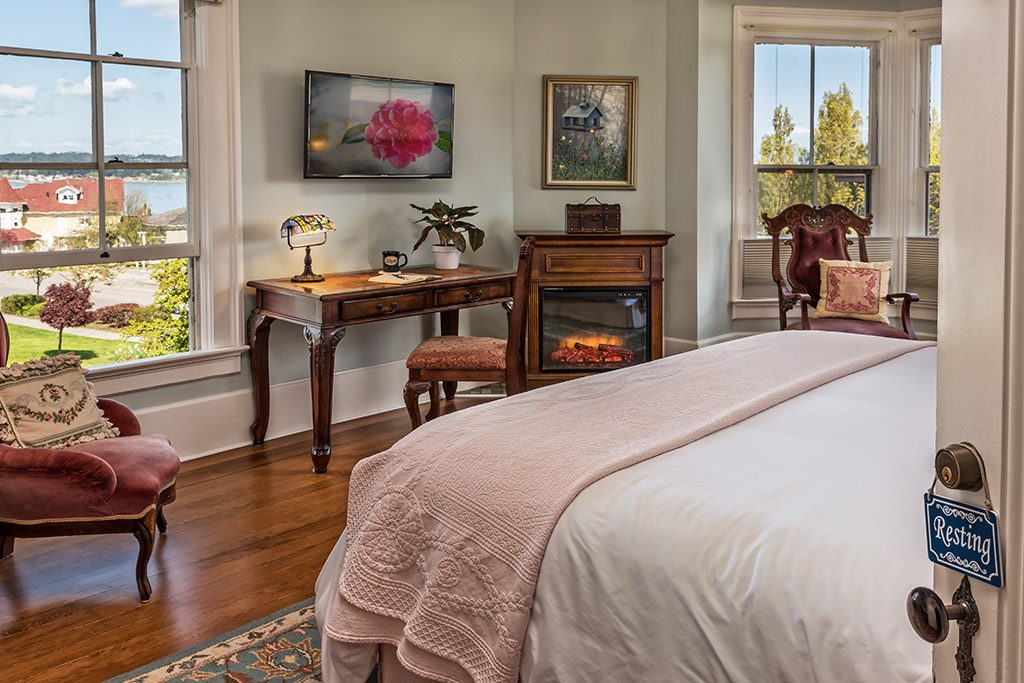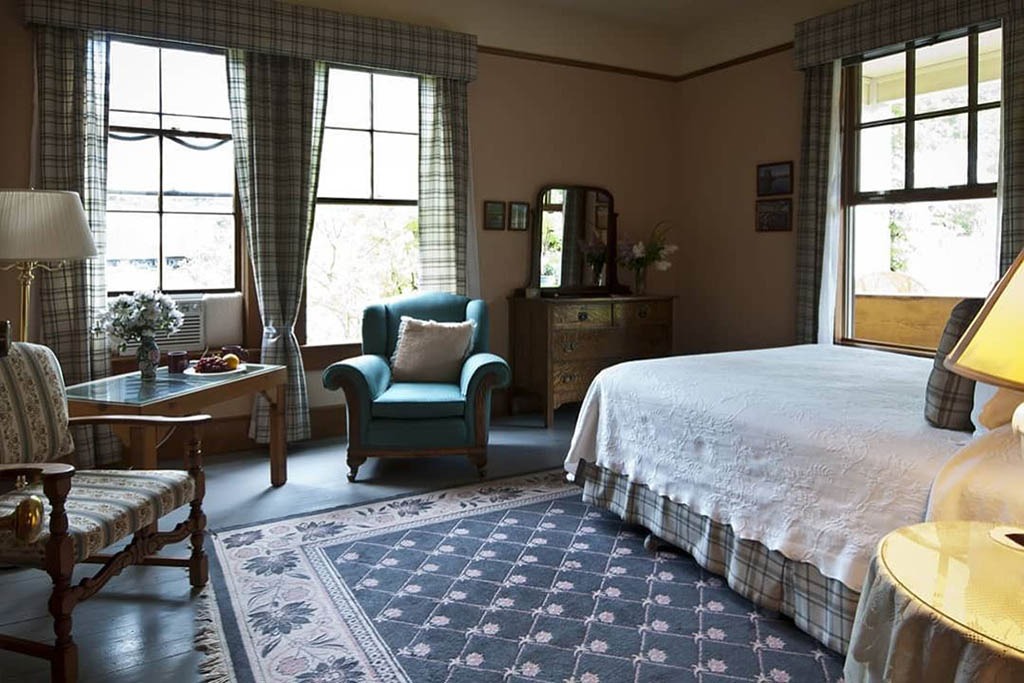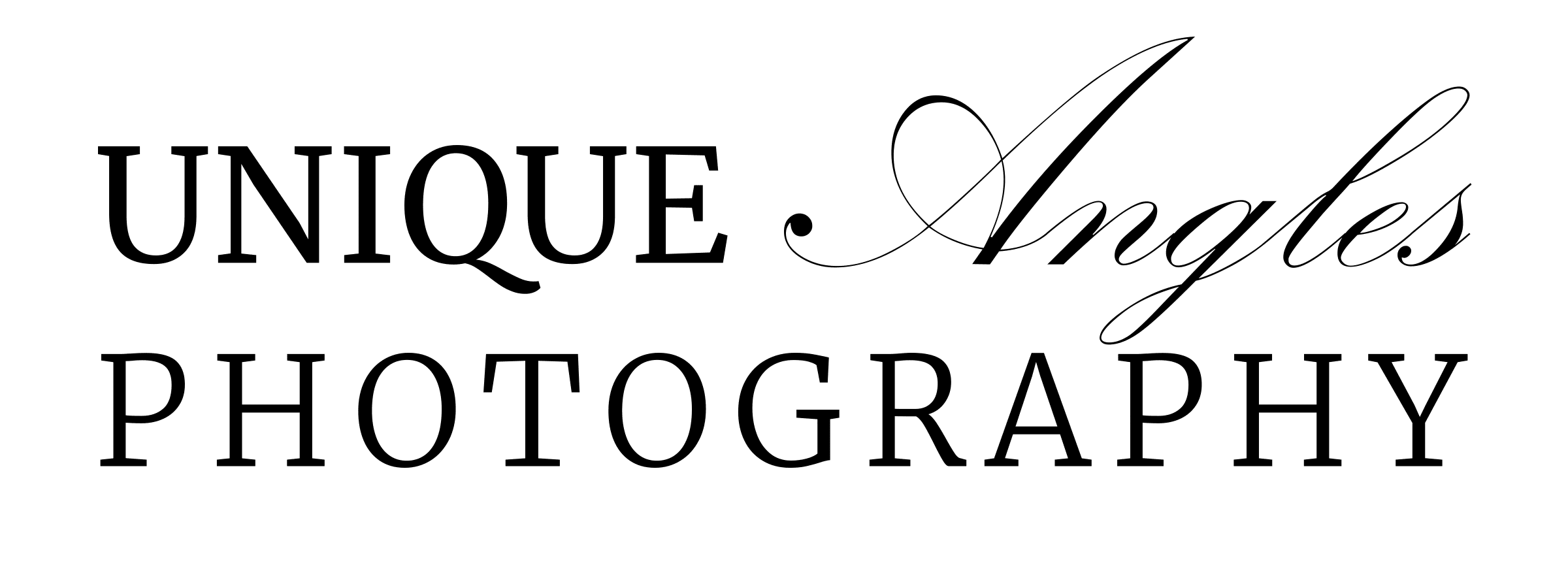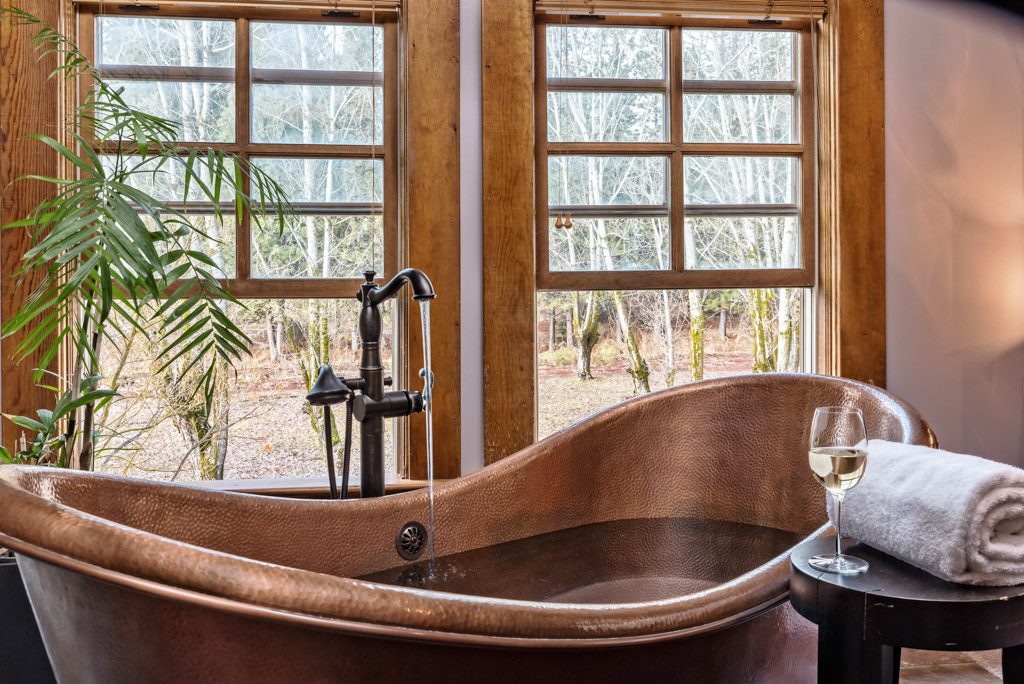The most significant aspect of your Hospitality website is to capture the imagination of potential guests and to convince them you are the place to book their stay. Creating an engaging experience as quickly and effectively as possible is a crucial step to achieve this. Creating a vicarious experience when a potential guest looks at your site will increase their potential to book with you to experience the real thing.
Images play an essential part in showing your potential guests what they should expect if they book with you. You have probably heard the phrase ‘A pictures worth a thousand words.’ This statement has been around since the early 1900s and still holds today; most content online being viewed is either photos or videos. So when potential guests look at your website, they are drawn to your images and will probably consider your location based on their impression alone. Most potential guests using ‘Direct Bookings’ will look at an average of 10 places before making a choice where to book. So you have a limited window to capture their interest and convince a potential guest to book with you–and not your competition.
So how do we capture the right emotion and experience in our images to get those bookings?
Many elements go into a compelling image. In this series of articles, we are going to focus on the essential elements of drawing your potential guest into a captivating experience.
- Light
- Moment
- Composition
- Subject
- Impact

Light – Illuminate Your Potential
One of the things I often see on Hospitality websites is photos of a room with the windows washed out. This does not create an inviting feel or pleasant experience and also can limit the story you are sharing with your potential guests. Lighting is a very critical part of generating emotion and capturing the viewer into an experience. The time of day is crucial, where the natural light is coming from, the angle of the photo in connection to the natural light, and when to add extra light to balance the scene.
Interior photos are great during morning hours or evening hours when the sun is at your back–Yes, even inside. Open the blinds or curtains and open the windows. This action allows as much natural light in as possible and helps draw the outside into perspective. If it is possible, remove the screen as well to remove any obstructions that may detract from the view. Turn all inside lights on and position the camera in the best spot keeping in mind the reflections in the windows or possible mirrors. This, along with image retouch, can generate a lifelike image that reflects what the human eye sees. The human eye is much better at seeing in dark and light at the same time, much better than even the most expensive cameras. So we have to arrange the scene, camera angle and light to achieve the best image.
‘What about taking the photos at night when it’s dark outside?’ This creates a similar issue to the washed-out image. You want to invite people to stay in your rooms, not being able to see out the windows does not convey a good feeling.
‘What if my views are not very good?’ No one expects every room to have the ‘Million Dollar’ view. Being honest is rewarded much when approaching this question. Let us say, your room’s view is of the side of another building, or an AC unit, or something unsightly. Then the element of Composition comes into play. We will cover this more later on, but changing the location of the camera and the angle of the image are simple adjustments to help achieve a better experience.
As an example, see the images below. The first image has the windows washed out. The second image uses all the top elements. Focus specifically on the LIGHT element, the view through the windows offers a ‘lifelike’ reality as if you were there in person. What else draws you in about this image?



